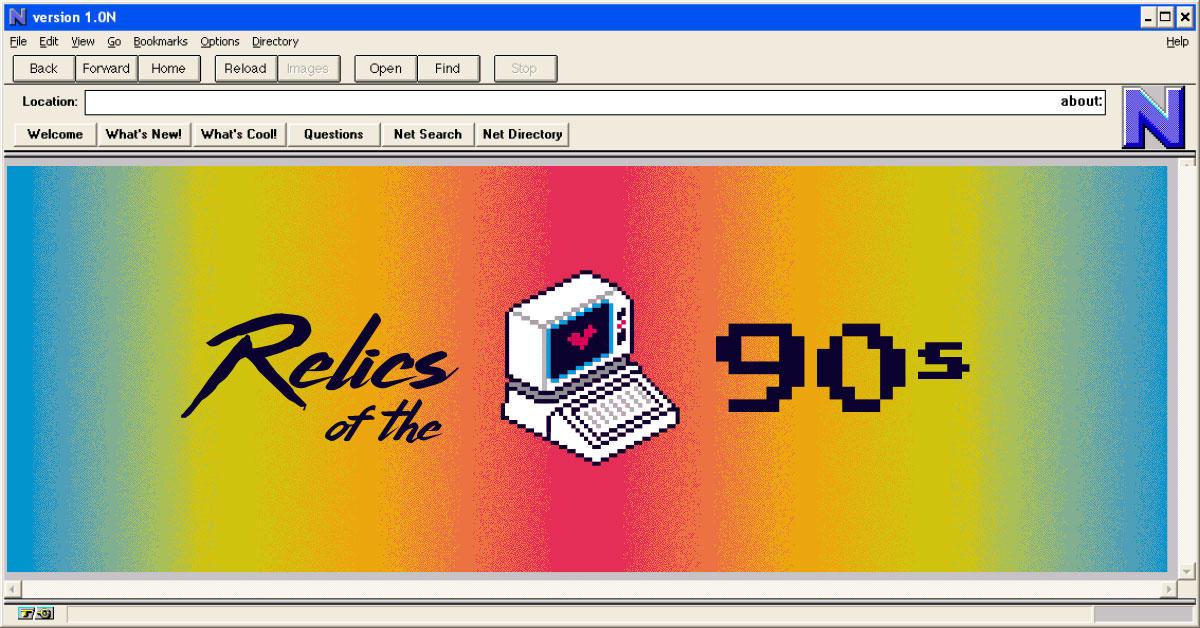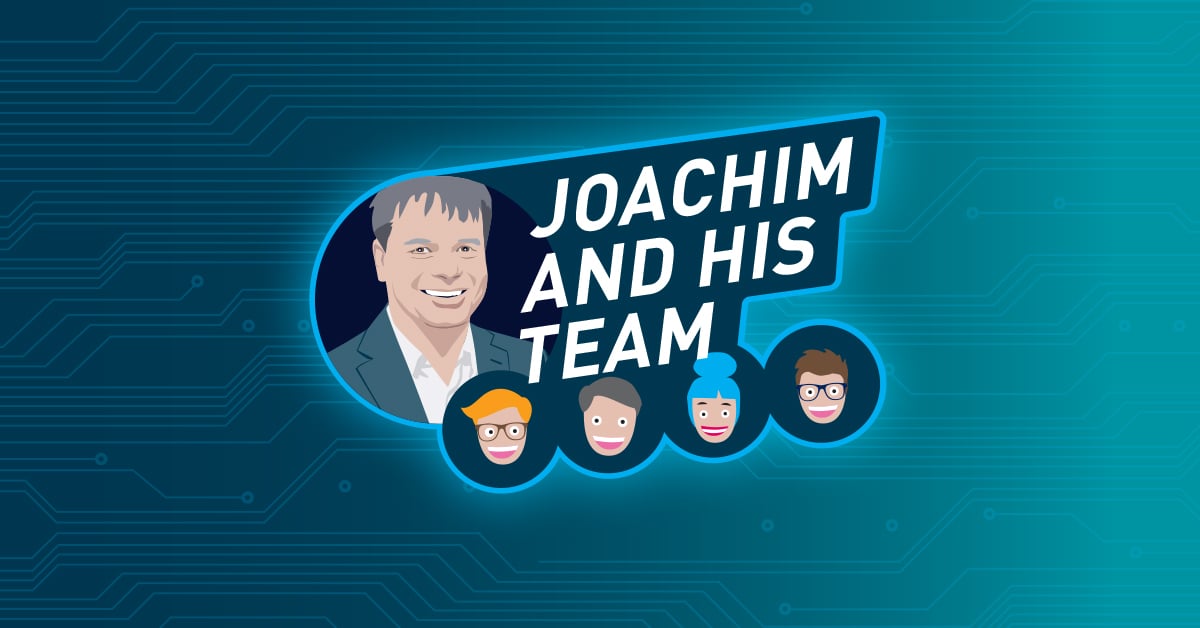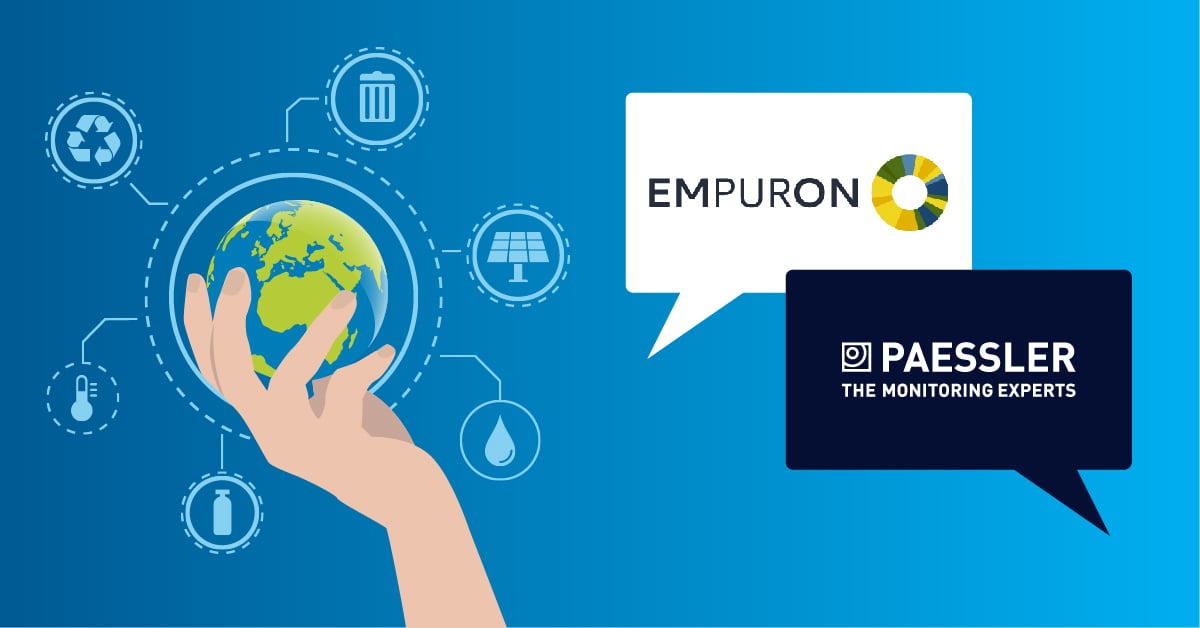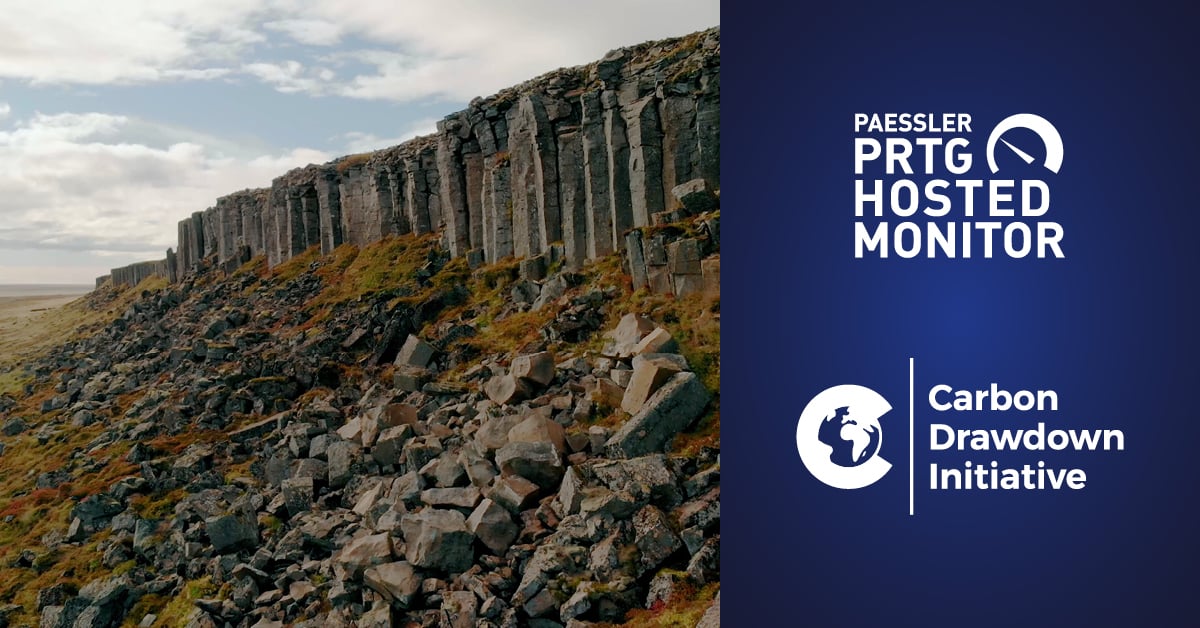In the year I was born, the IBM 5150 PC was the benchmark in computing. The basic unit (16 kilobytes of RAM and no data storage) was sold for about $1,565, while the full version cost about $3,000. 16 years later, in the middle of the 1990s, I decided to move into the IT business.
So today I want to take you on a trip down memory lane, to the golden computer age of the 90s. Let's wallow together in nostalgia and remember the times when there was hardly any IT monitoring, an internet connection was still established manually, and the mp3 file revolutionized the music business. Let's go! 😊
1. The Forgotten Web Browsers of the 90s
Who else of you remembers Erwise, Mosaic or Cello? I admit that I never used the first two, but with Cello and Lynx (Unix) I made my first steps on the Internet before the famous Netscape Navigator temporarily took over market leadership. Netscape Navigator was even available as a boxed product by the way.
2. Installing Software from (Myriads of) Floppy Disks
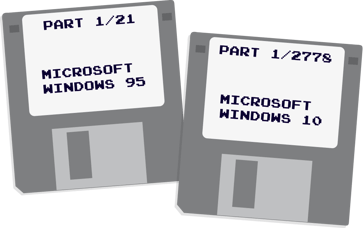
The first versions of Windows 95 were shipped on 21 floppy disks. Microsoft then tried to reduce the number of floppies, and later shipped it on 13 DMF disks (Distributed Media Format with 1.68MB storage capacity).
By the way, if you wanted to install Windows 10 from diskette, you would need 2,778 disks.
3. The Eternal Struggle with BNC Network Cabling
The first networks that I managed after my studies were mostly BNC wired. The characteristic BNC connector (Bayonet Neill-Concelman) was an elaborately produced piece of metal, and you still had to terminate the cable lines at the ends. There was hardly an admin who didn't have at least two BNC terminators in his/her glove box. Better safe than sorry. 😉 In this context I also remember several Novell Netware 3.12 servers. I mean the ones without the graphical user interface, which only came with Netware 4.0.
4. The Famous AOL CDs
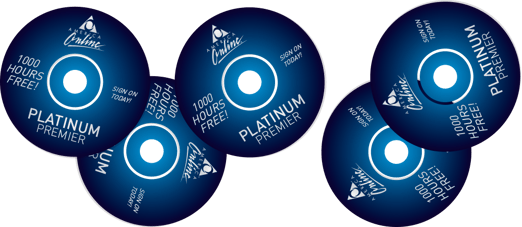
In the 90s AOL flooded the globe with their CDs with an aggressive marketing campaign. Free internet surfing was offered, and sometimes several hundred hours were given away. The target of the campaign was for the users to establish a dial-up connection with the AOL service and in the end, of course, spend longer than the free hours offered on the net.
For some time, 10% of the world's compact disc production was AOL media. In 2001, this led to the protest campaign "No More AOL CDs", which even had its own Wikipedia article. Art projects have also emerged from the vast amount of disks. Do you still have an AOL CD in the back of your desk drawer? If yes, then please send us a photo of it! 😊
5. Analog Internet Access via Dial Up Connection
"You can't use the phone.
I'm going on the Internet!"
In the time before DSL and mobile data transmission, you had to dial into the Internet manually. During the connection setup, the modem established the data connection in a nerve-racking noise sequence.
Once the connection had been successfully established, a more or less stable surfing experience was possible, depending on the quality of the line, even if at an incredibly slow speed. At some point the trip to the wide world web was mostly stopped by parents who wanted to make a phone call, which was not possible because of the occupied line.
Nowadays, mobile data connections on smartphones are up to 20,000 times faster than a home computer modem was back in the nineties!
6. Doom, Lemmings, Leisure Suit Larry & Co
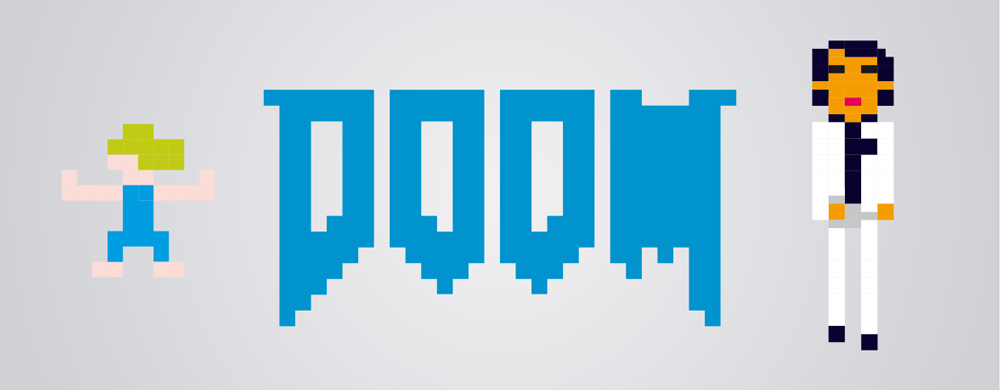
The 90s was the decade in which computer games reached a new level. In 1993, one year after the release of the controversial Wolfenstein 3D, Doom entered the market. More than 25 years ago, this game, probably the best known first-person shooter of that time, gave us a foretaste of what virtual reality could become.
But also, game series like Lemmings or Leisure Suit Larry were born in the 90s. And only those who witnessed it at that time can comprehend the hype about the Lemming hordes and the always pushy, mid-forties Larry Laffer. I could fill a whole article just talking about computer games of the time 😊 Which games do you think should be listed in such an article?
7. Winamp 🔊 – It Really Whips the Llamas Ass!
Winamp was the most popular music player of the 90s and early 2000s worldwide. The Freemium software was sold to AOL in 1999 for $80 million. Hardly any of us were satisfied with the Winamp Classic Skin. I can still remember my golden Onkyo Skin, with which I recreated the components of my real stereo system on the PC. Winamp somehow died down at some point, but never really completely. At the moment (July 2019) Winamp version 5.8 is stable, whereas Winamp version 6 is announced for 2019.
8. The Mythos of the Y2K Bug

A few years before the year 2000, it was recognized that storing years in a two-digit format was insufficient. But just a few decades before, storage space was a very scarce commodity, which is why only the last two digits of the year were saved during the development of the COBOL programming language.
At the turn of the century, computer crashes of apocalyptic proportions were predicted. Nobody could realistically estimate what would happen. Experienced Cobol developers were brought back from retirement for huge sums, graduates with Cobol knowledge were paid horrendous fees, and all other IT administrators were busy for weeks and months providing software applications and systems with various Y2K patches.
What happened on 01 January 2000, we all still know: Almost nothing, except for a few clocks showing a wrong date and inaccurate data sorting. The globe, oh wonder, has continued to rotate anyway.
9. Windows NT 4.0 and the Burden of Driver Installation
Compared to today's operating systems, Windows NT 4.0 was a real diva. Mind you, once the system was properly set up and loaded with the right drivers, the OS was great. The way there was frequently very rocky.
With Windows NT 4.0 there was no device manager, but you had to connect the driver for each device at a different place. Preferably , you'd also connect the correct device driver immediately, otherwise the system would gladly acknowledge the service with a BSOD ("Blue Sreen of Death"). A reboot with the "last known configuration" was also not always successful.
In general, one was happy when the device manufacturers supplied functional drivers. Compatible, reliable drivers from Microsoft were still rare at that time.
USB, the current standard for connecting external devices, was not supported by Windows NT 4.0 at all. Even here, manufacturers were asked to provide compatible drivers and USB stacks. I still remember the first forum entries of experienced admins who got USB to work under Windows NT 4.0. Good old days... 😊
10. The Daily Tweaking of AUTOEXEC.BAT and CONFIG.SYS

How much time did we spend tweaking the system configuration files of MS-DOS and earlier Windows systems? We knew that once COMMAND.COM was successfully loaded into memory, it would also execute AUTOEXEC.BAT. Accordingly, we were able to load drivers and services or set system variables at the command line level.
Before that, the CONFIG.SYS was loaded (directly triggered by the kernel IO.SYS), which was yet another system configuration file in which, for example, the High-Memory-Area or the Upper Memory Blocks could be loaded.
I still remember how we used to trade our startup files, which had been optimized to the point of excess, and we constantly tried to keep system configuration files identical on all devices. 😊
11. Sound Benchmark: Creative Labs Sound Blaster 16
The 16 in the product name indicates the number of bits that could be processed. The Soundblaster 16 was the first sound card that could sample 16 bit sounds. Gradually, CD-Rom support came along. This enabled us to insert and play music discs in the computer for the first time, just as it would otherwise only work with the stereo CD player.
Mind you guys, we're talking about the Soundblaster 16 ISA - the PCI version would be released in 1998, 6 years later. This was, after all, the 90s, an era in which we still unscrewed our computers to upgrade audio cards. Who out there knows today which sound card is installed in their device? I have no idea what's built into my Microsoft Surface Pro.
Your IT Relics of the 90s?
With its 11 points, this list is certainly far from complete. What do you associate with the IT age of the 1990s? What do you have burned forever into the hard disk of your brain from this era?
Oh, and have a look at the follow-up article Were You in IT Support 20 Years Ago? Then You Surely Experienced This! as well. :)
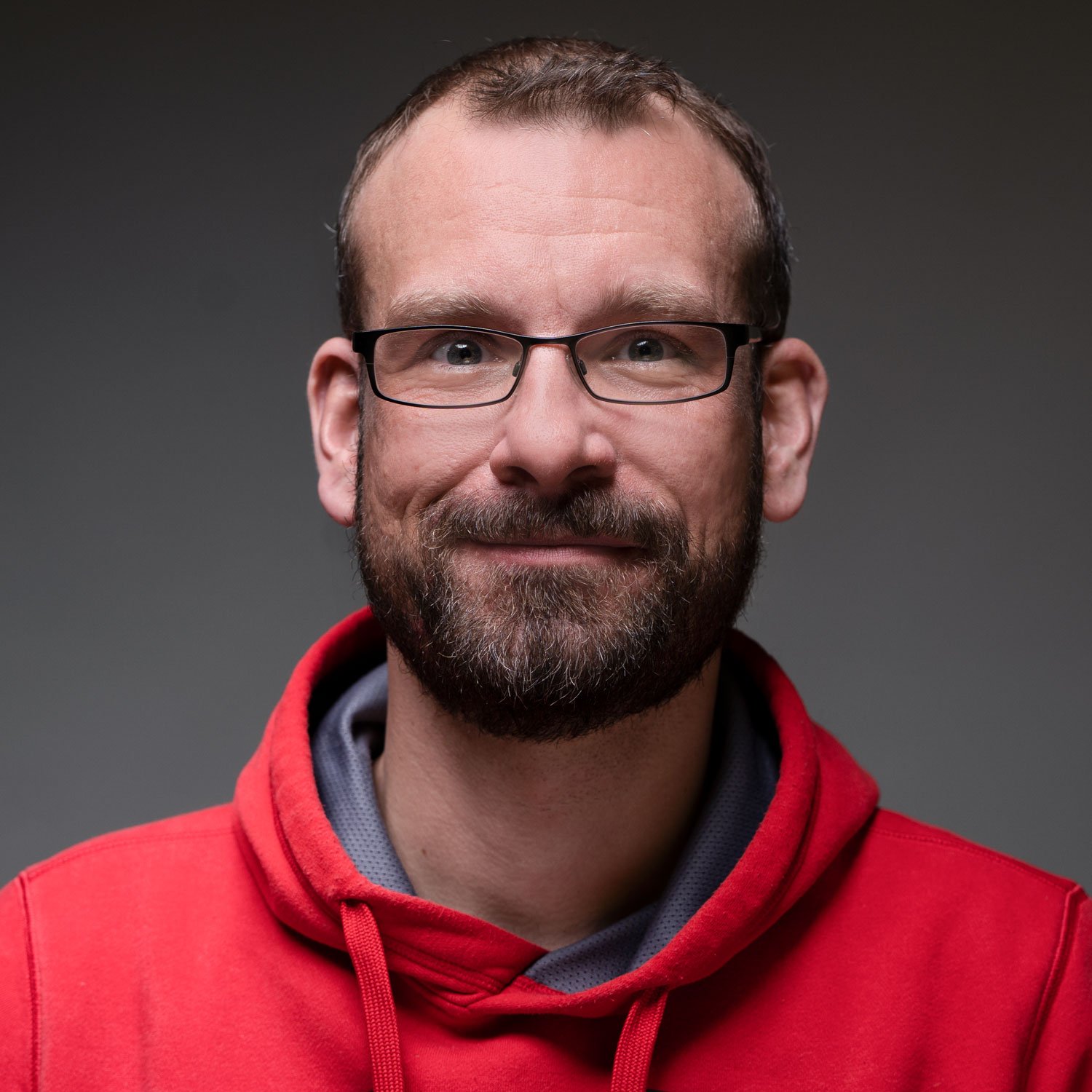 Published by
Published by 